Soil Changes for Indoor Succulents that are in trouble
jamiedolan
13 years ago
Related Stories

CONTAINER GARDENS3 Steps to Creating Quick, Easy and Colorful Succulent Containers
Take a bright container, add a colorful succulent or two and have a professional, summery design in minutes
Full Story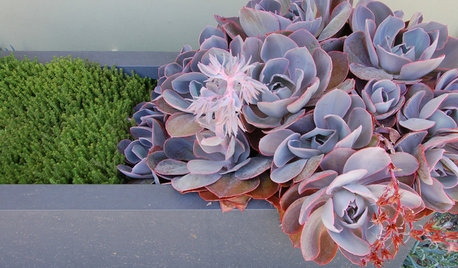
SUCCULENTSGrow a Garden of Succulents for Easy Beauty
Low-water plants in a wide range of colors, shapes and sizes? Sign us up — and check out our faves here
Full Story
HOUSEPLANTSIndoor Winter Gardens for Cheerier Days
Bring plants inside for drab-days mood boosting — not to mention cleaner indoor air and protection for your greenery
Full Story
HOUSEPLANTS8 Essentials for Healthy Indoor Plants
Houseplants add so much to our homes — and can thrive when grown in the right conditions. Keep these tips in mind
Full Story
HOUSEPLANTSPlay Up Some Fiddleleaf Figs for a Lively Indoor Tune
Strike a dramatic chord in a minimalist scene or a country note in a rustic setting — fiddleleaf fig plants harmonize with any style
Full Story
HOUSEPLANTS10 Top Plants to Grow Indoors
Brighten a room and clean the air with a houseplant that cascades artfully, stretches toward the ceiling or looks great on a wall
Full Story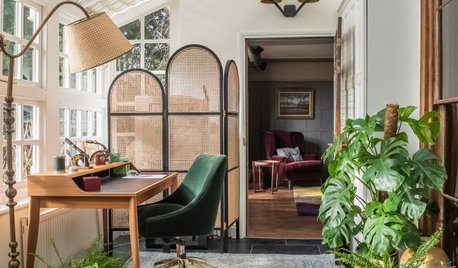
HOUSEPLANTSSimple Pleasures: Grow a Cheery Indoor Garden
Let houseplants work their magic on your rooms and you. These ideas will get you growing
Full Story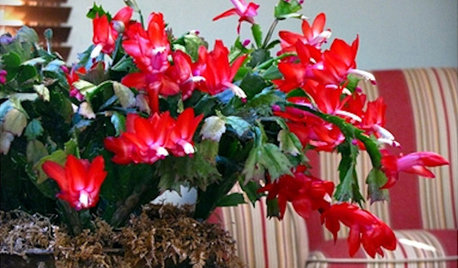
HOUSEPLANTSGreat Houseplant: Holiday-Blooming Cactus
You may know it as Christmas cactus, but whichever holiday floats your boat, this plant is a year-round beauty
Full Story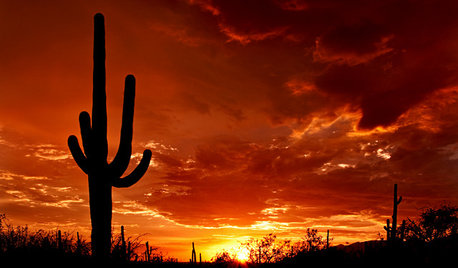
GARDENING GUIDESMeet the Mighty Saguaro of the Desert Landscape
You’ve seen its form in films, on souvenirs and much more. Now get to know this iconic cactus of the Sonoran Desert
Full Story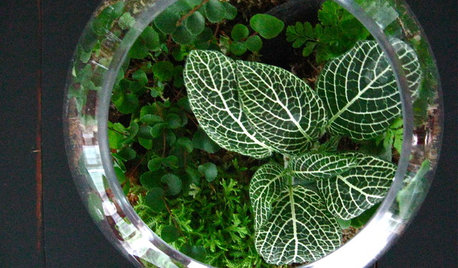
HOUSEPLANTSGardens Under Glass: How to Make Your Own Terrarium
Be the master of a mini ecosystem indoors — the low-maintenance, highly rewarding kind that fits any room
Full StoryMore Discussions








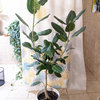
mrlike2u
jamiedolanOriginal Author
Related Professionals
Marco Island Landscape Architects & Landscape Designers · Cockeysville Landscape Contractors · Fort Atkinson Landscape Contractors · Maywood Landscape Contractors · Milton Landscape Contractors · Roseville Landscape Contractors · Compton Solar Energy Systems · Holliston Solar Energy Systems · Pinellas Park Solar Energy Systems · Granite City Window Contractors · Sarasota Window Contractors · Saint Louis Park Fence Contractors · Tacoma Fence Contractors · The Villages Fence Contractors · La Puente Fence Contractorsjodik_gw
tapla (mid-Michigan, USDA z5b-6a)
greenman28 NorCal 7b/8a
meyermike_1micha
meyermike_1micha
jamiedolanOriginal Author
meyermike_1micha
jamiedolanOriginal Author
jamiedolanOriginal Author
meyermike_1micha
jodik_gw
jamiedolanOriginal Author
jamiedolanOriginal Author
jamiedolanOriginal Author
jamiedolanOriginal Author
tapla (mid-Michigan, USDA z5b-6a)
jamiedolanOriginal Author
jamiedolanOriginal Author
meyermike_1micha
jamiedolanOriginal Author
greenman28 NorCal 7b/8a
jodik_gw